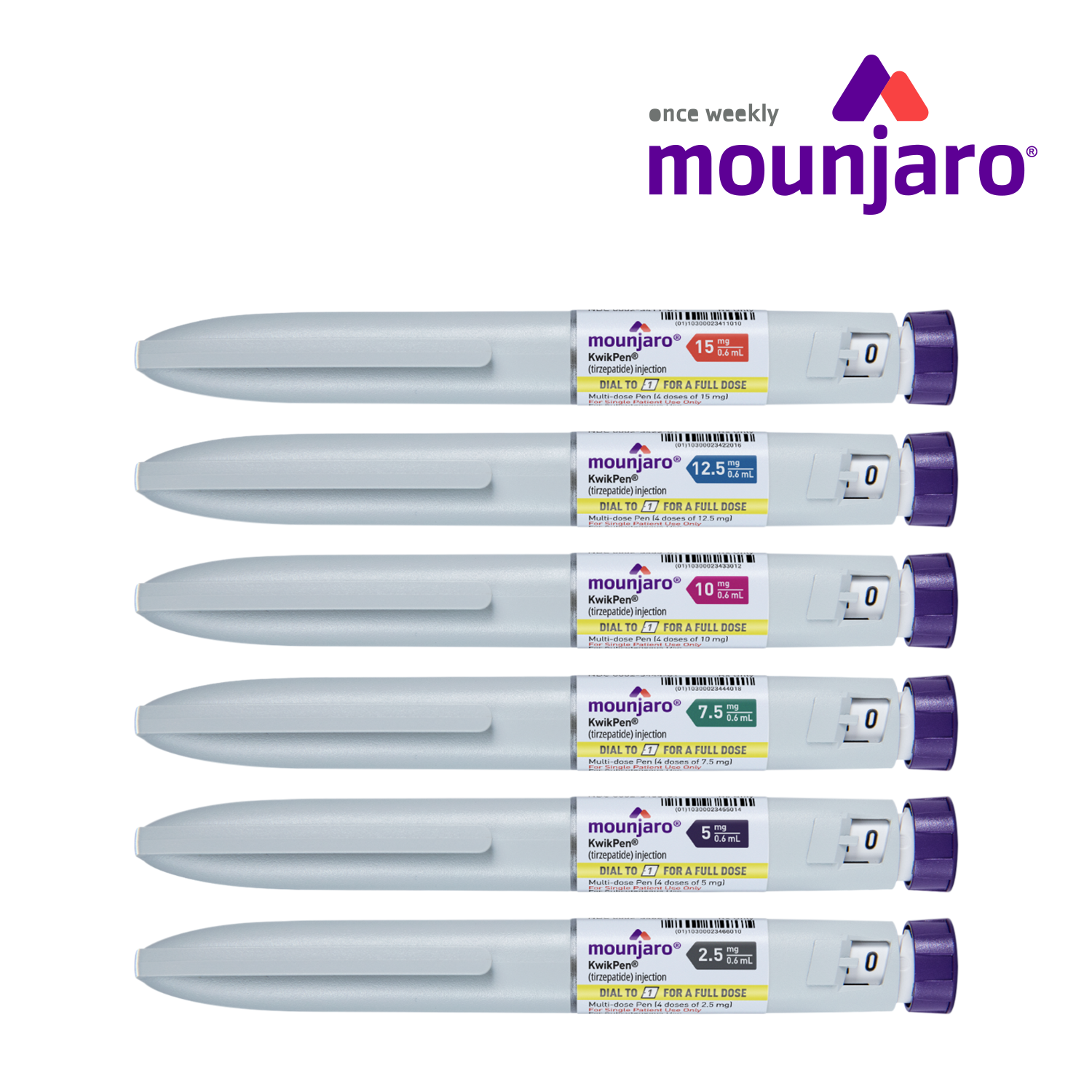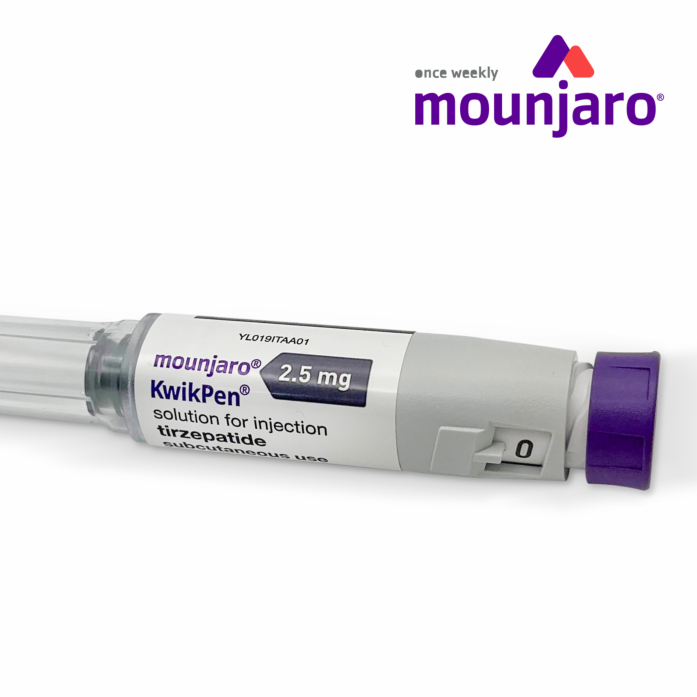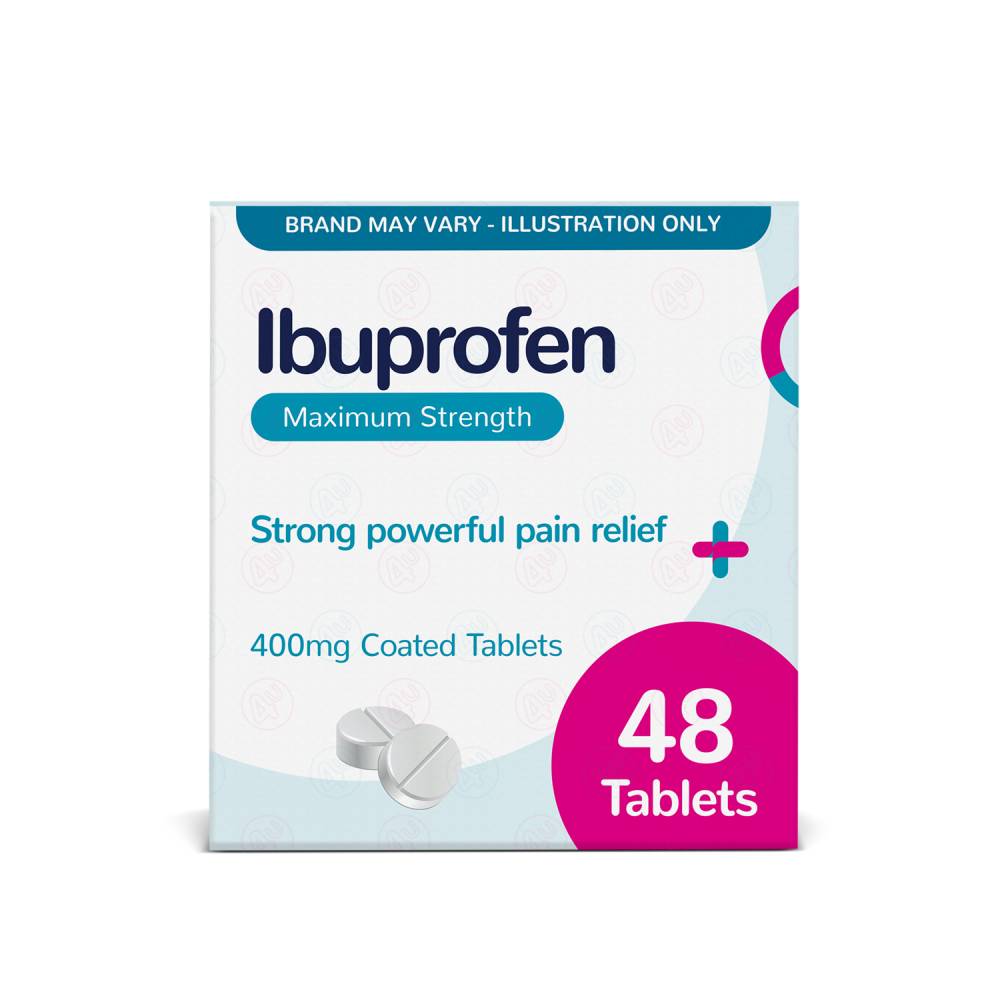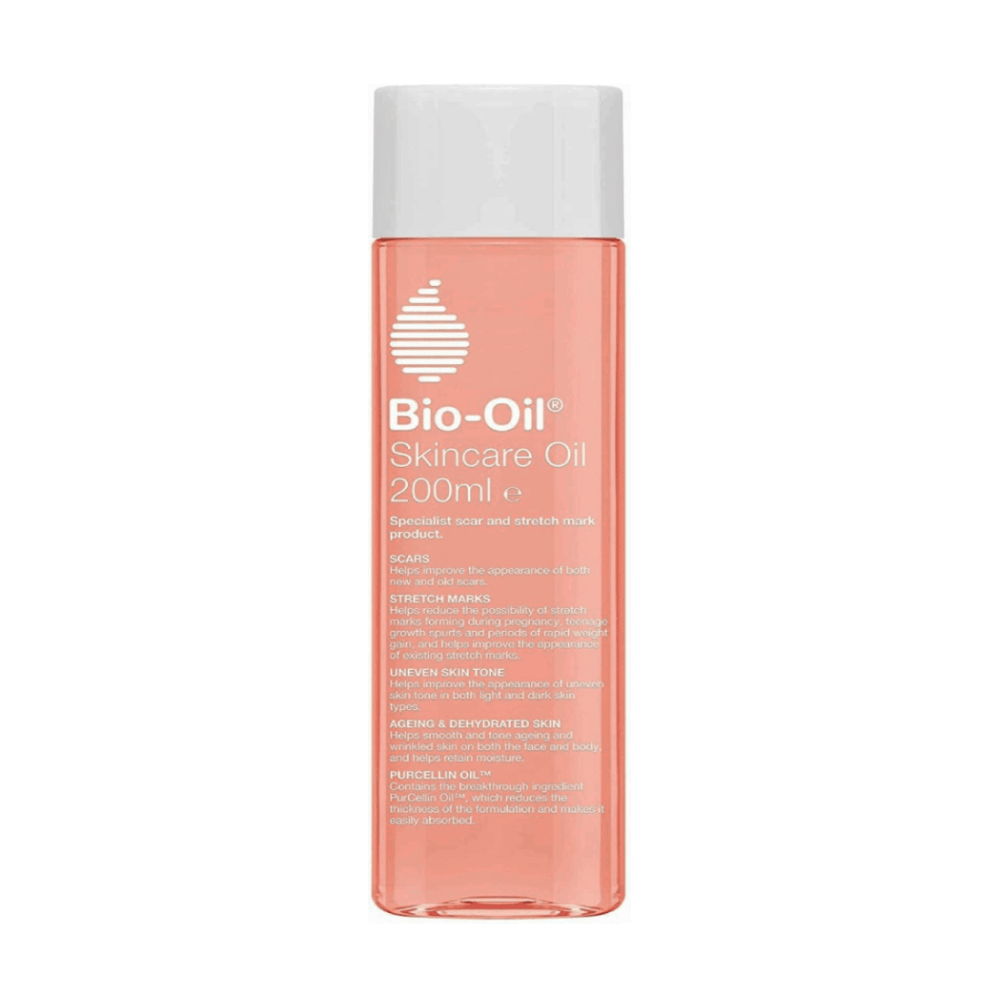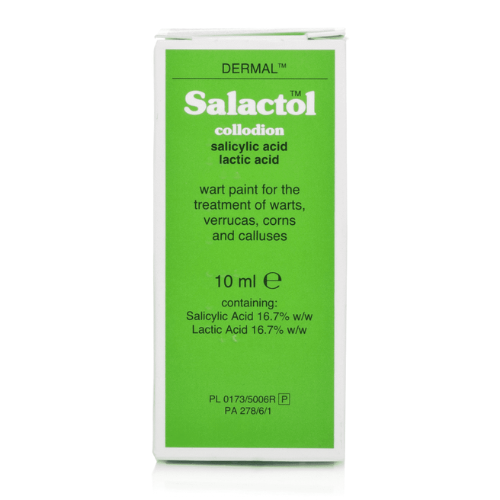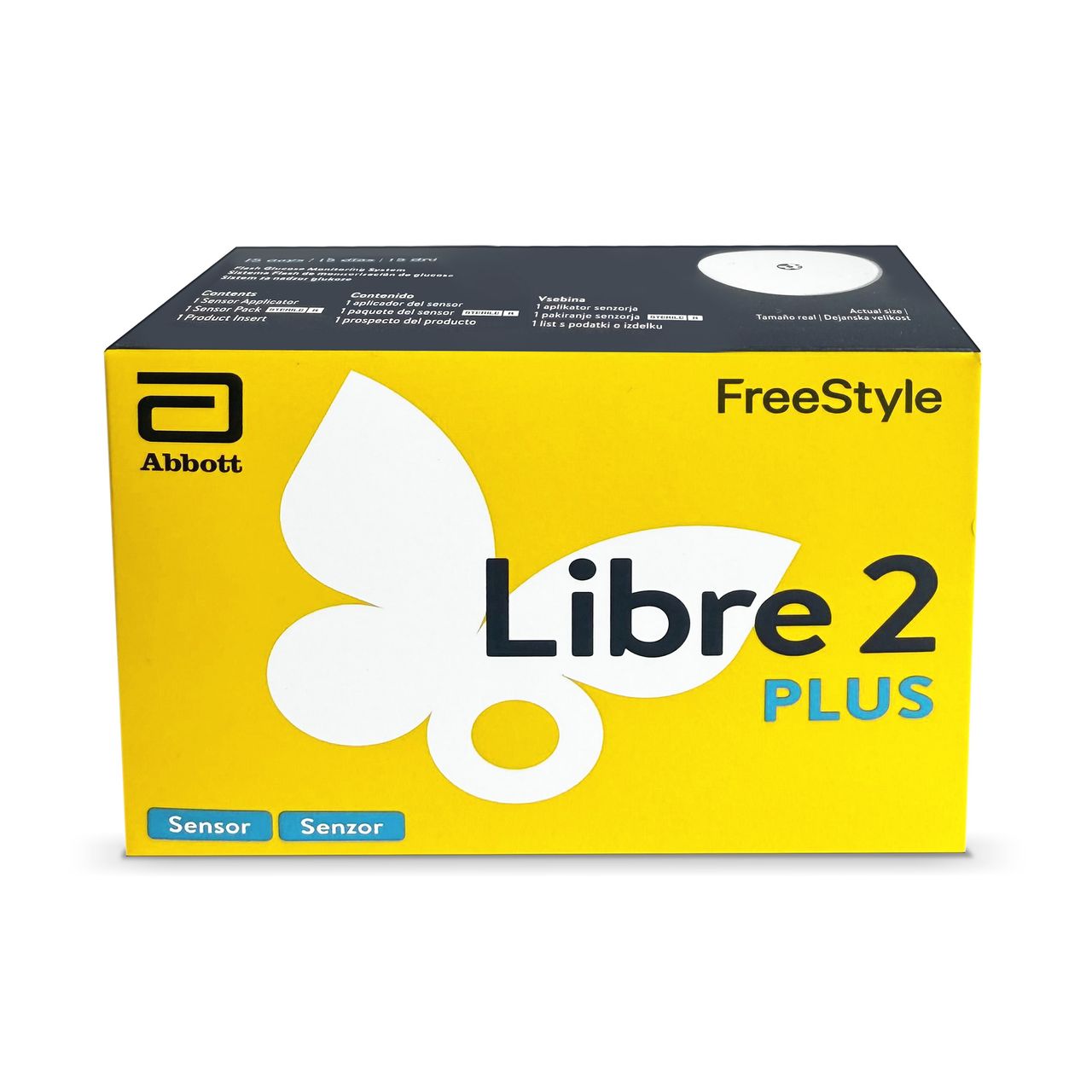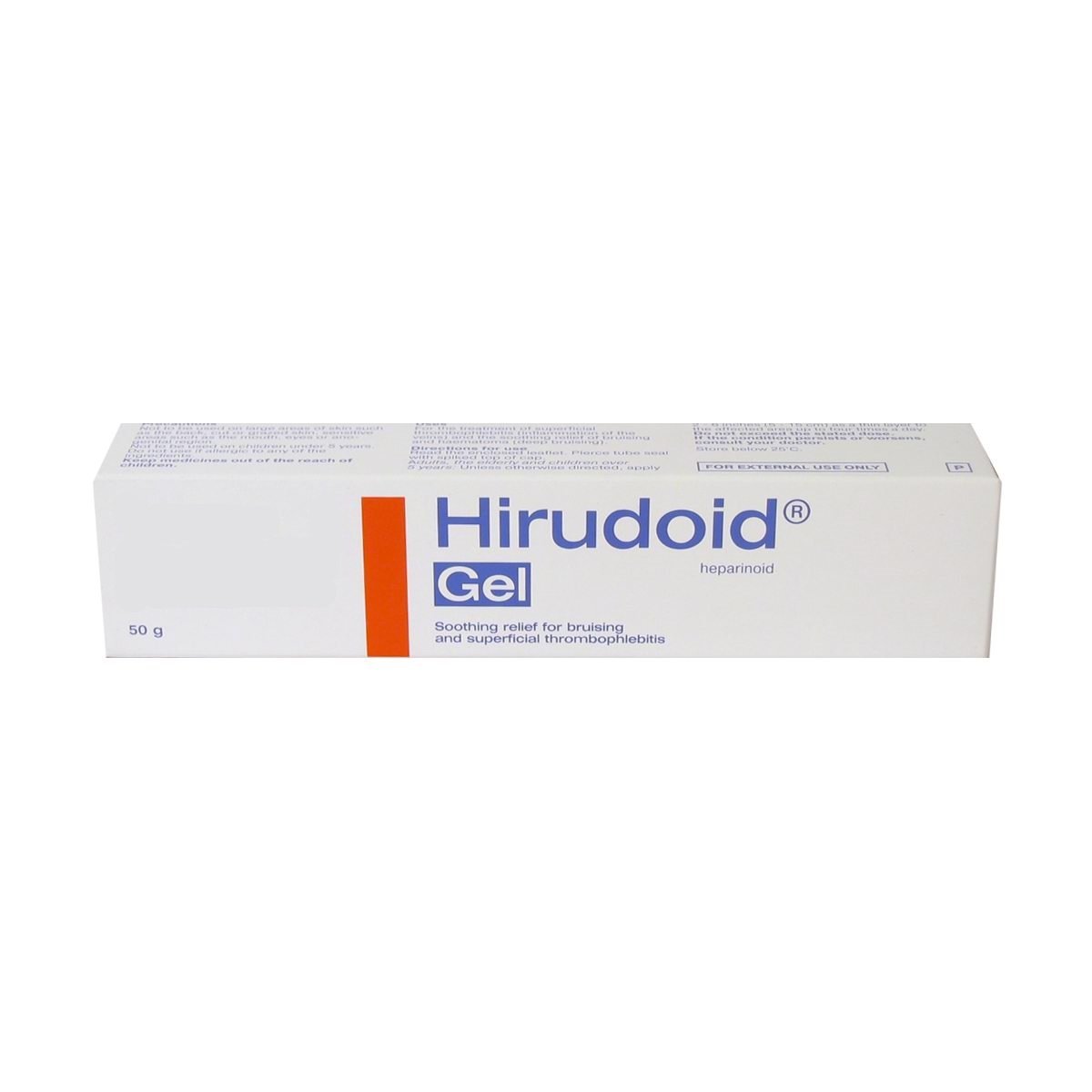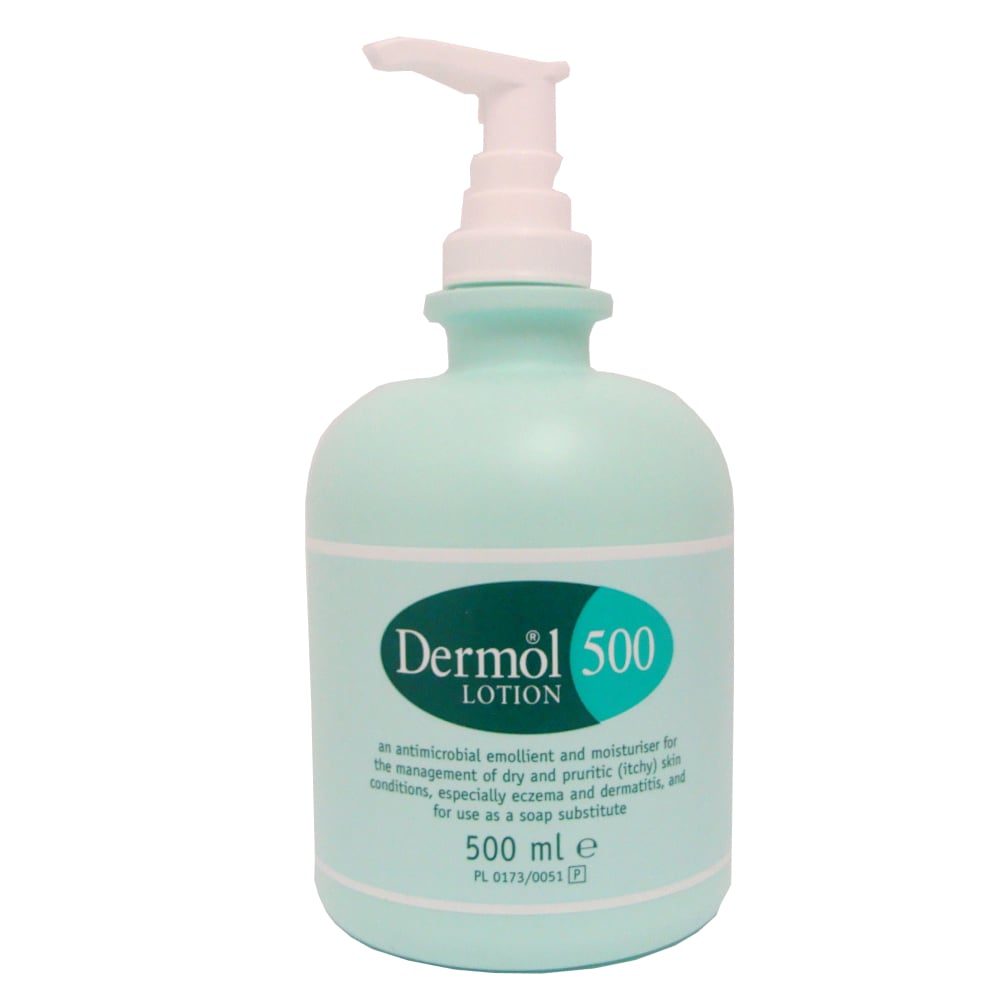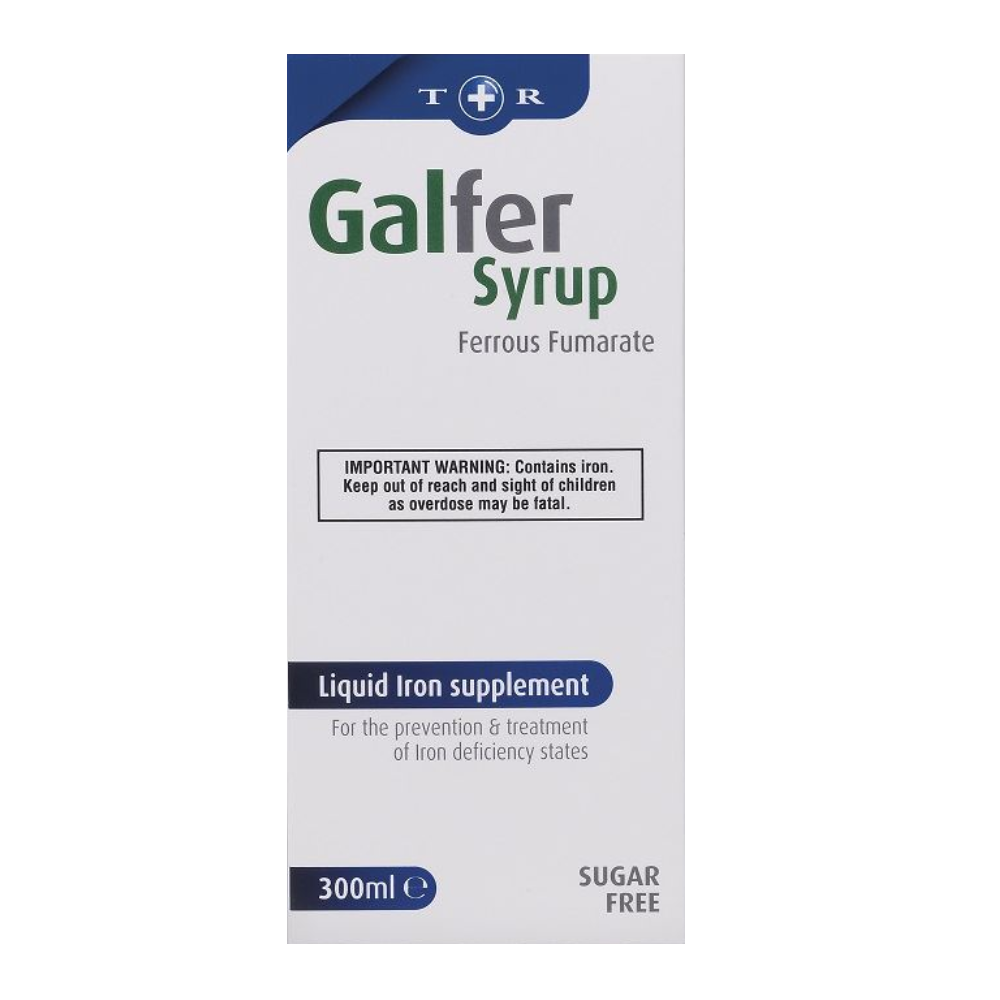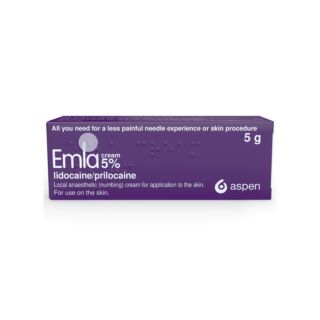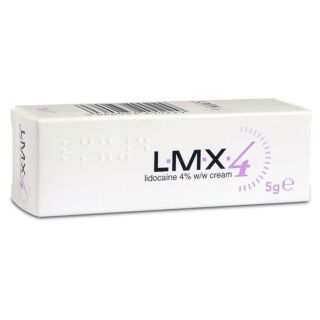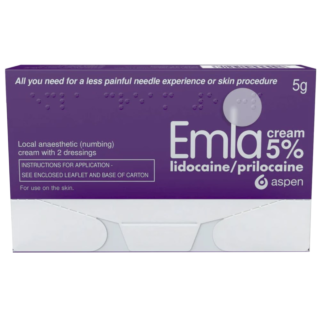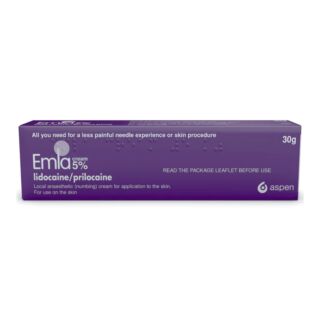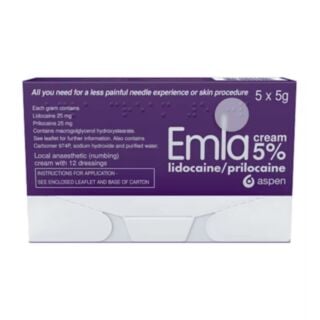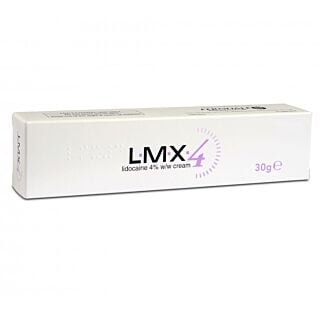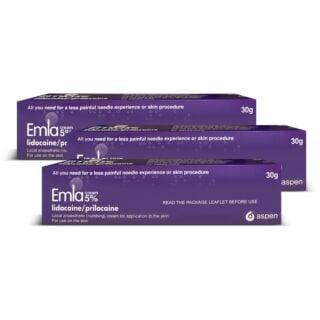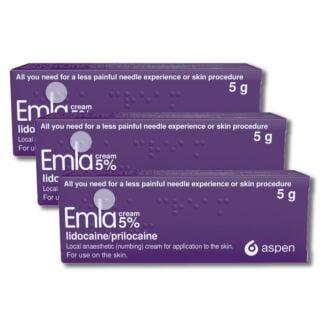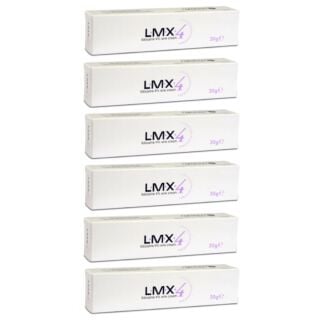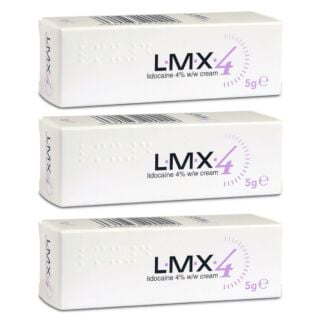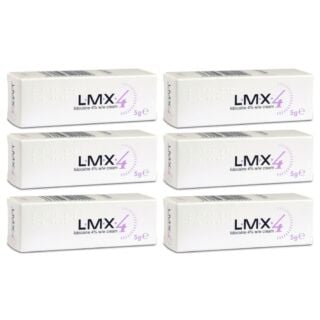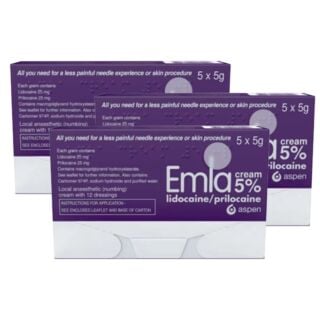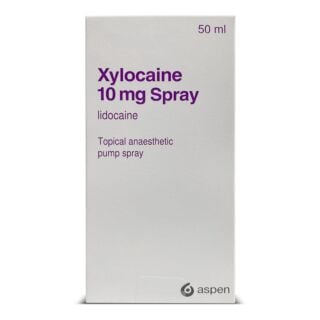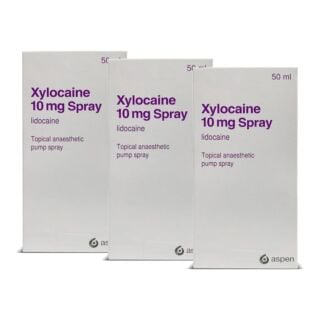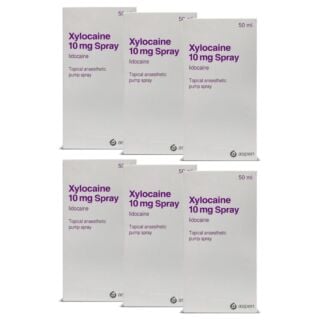Skin Numbing (Anesthesia)
Skin numbing products can help reduce discomfort before certain medical or cosmetic procedures. … Read More See less
Whether you’re preparing for an injection, tattoo or minor skin treatment – skin numbing works by temporarily blocking nerve signals in the skin so you feel less pain.
Here, we explain how it works alongside a range of skin numbing options to help make your treatment or procedure more comfortable.
What is skin numbing?
Skin numbing is a temporary reduction in sensation, usually achieved with a local anaesthetic called lidocaine.
These products - which include creams, gels, sprays and patches - are applied directly to the skin and work by preventing pain signals from reaching the brain.
You might use a numbing cream for a range of reasons, including as an anaesthesia for a specific area ahead of an injection and has become much more popular with the growth of GLP-1 weight loss injections.
It can be an effective way to ease discomfort without the need for more invasive pain relief.
Why might you need to numb skin?
Skin numbing products can help make certain medical, cosmetic or personal care procedures more comfortable.
You might use them to:
- Ease needle pain – a numbing cream for injections can reduce the sting from vaccinations or blood tests
- Prepare for cosmetic treatments – anaesthesia cream to numb skin can be used before tattooing, laser hair removal or mole removal
- Soothe skin discomfort – some people use numbing patches or creams on small areas to ease temporary discomfort from irritation or injury
By reducing sensation in a given area, these products can help you feel more relaxed while also reducing any pain you might feel during your procedure.
Types of skin numbing treatments
There are several types of skin numbing products available and each are designed for different needs and areas of the body. Most include the local anaesthetic lidocaine:
Numbing creams
Creams such as LMX4 and Emla are popular for injections, tattoos and minor skin procedures. They’re easy to apply and work on small or larger areas.
Sprays
Sprays like Xylocaine are quick and convenient to apply making them ideal for covering larger areas evenly before a procedure.
Anaesthesia gels
Lightweight gels such as Ametop absorb quickly and are ideal for procedures where fast action is needed.
Numbing patches
Adhesive patches and plasters deliver numbing medication to specific areas, useful for treating targeted areas on the body.
How to use skin numbing products
Depending on the type of product you use, the specific guidance may differ. So always follow the instructions on the packaging and in the information leaflet before use.
Here’s how to use numbing creams, sprays and gels as a general rule in six simple steps:
- Clean and dry the skin – Wash the area with mild soap and water, then gently pat dry
- Apply a thin, even layer – Use the recommended amount of numbing cream, gel or spray to cover the treatment area. Avoid rubbing it in and make sure you wash your hands after application
- Cover if advised – For some products, especially numbing creams, you may need to cover the area with a waterproof dressing until your procedure
- Leave on for the right amount of time – This can range from 30 minutes to an hour depending on the product. Do not exceed the maximum application time stated in the instructions – you might want to make a note of the time you applied it so you don’t forget
- Remove before your procedure – Wipe away the cream, gel or spray completely and clean the skin again
- Wash your hands – This helps avoid accidentally numbing other areas or transferring the product to your eyes or mouth.
It’s important to avoid getting the product in your eyes, mouth or nose. Always keep away from children and never use more than the recommended amount. If you’re unsure on how to use it - speak to your pharmacist or doctor first.
How long does skin numbing last?
The effects of a skin numbing product can vary depending on the type used, the strength of the active ingredient and how long it’s left on before removal.
- Numbing creams often take 30–60 minutes to work and can last for around 1–2 hours after removal
- Numbing sprays usually act faster but may wear off more quickly, often within 30–60 minutes
- Numbing patches may provide longer-lasting numbness, but you should never leave a patch on for longer than 12 hours and you should remove it for 12 hours before reapplying
Always check the instructions for your specific product and avoid reapplying unless directed by a healthcare professional. Using more than recommended will not extend or enhance the numbing effect and can increase the risk of side effects.
Storage instructions
How you store skin numbing medication to keep them effective and avoid accidental use depends on whether it’s a cream, gel or spray.
As a general guide, expect to store these products in the following way:
- Keep at room temperature – Store in a cool, dry place away from direct sunlight and heat sources
- Do not freeze – Freezing can affect the texture and effectiveness
- Keep the lid or cap tightly closed – This prevents the product from drying out or leaking
- Store out of reach of children and pets – Accidental use can be harmful
Safety information and possible side effects
Skin numbing products are generally safe when used as directed, but it’s important to follow all instructions and be aware of possible reactions.
Do not use them if:
- You are allergic to lidocaine or any other ingredient listed in the product description
- The skin is broken, inflamed or infected unless advised by your doctor to do so
- You are using it on large areas for prolonged periods without medical guidance
Skin numbing products aren’t without possible side effects, though it doesn’t mean everyone will experience every side effect.
Some of these side effects include:
- Redness, irritation or paler skin where the product was applied
- Mild burning, tingling or itching sensation
- Swelling or rash
Rare allergic reactions could present such as difficulty breathing, dizziness or severe swelling – if this happens seek medical help immediately.
Sources
- https://www.nhs.uk/medicines/lidocaine-skin-cream/about-lidocaine-skin-cream/
- https://www.verywellhealth.com/skin-numbing-cream-5116837
- https://www.nhs.uk/medicines/lidocaine-skin-cream/how-and-when-to-use-lidocaine-skin-cream/
- https://www.emla.co.uk/faq/
- https://www.magnumtattoosupplies.co.uk/blogs/business-tips/tattoo-numbing-sprays
- https://medlineplus.gov/druginfo/meds/a603026.html
- https://www.nhs.uk/medicines/lidocaine-skin-cream/side-effects-of-lidocaine-skin-cream/

Free delivery when you spend over £30

100% discreet delivery for every item ordered

Fully regulated UK pharmacy
When should numbing cream be used?
Getting a painful procedure done doesn’t necessarily need to cause you pain - try a numbing cream to take the sting out of uncomfortable treatments.
Using a numbing cream before a wax, tattoo, injection or blood sample can effectively minimise pain.
You should be pain-free for up to two hours after each application.
When is it not suitable to use numbing cream?
Numbing cream is suitable for most people, but it shouldn’t be used on infants under 37 weeks old.
If you have any open wounds, rashes or active eczema you shouldn’t apply a numbing cream to these areas.
Don’t put the product near your eyes, the inside of the nose, ear, or mouth, in the anus, or on the genitals if it’s for a child under 12.
How does numbing cream work?
The ingredient in numbing cream is usually lidocaine which is an anaesthetic.
Numbing cream works by blocking the sodium channels so that the nerves can’t send signals to the brain to let it know that the body’s in pain.
Does numbing cream have any side effects?
Like everything, a numbing cream may produce side effects in some people, but they’re usually mild.
You may experience a skin reaction, a sensation of burning, itching or tingling.
If you’re experiencing symptoms of a severe allergic reaction, seek medical assistance immediately.

